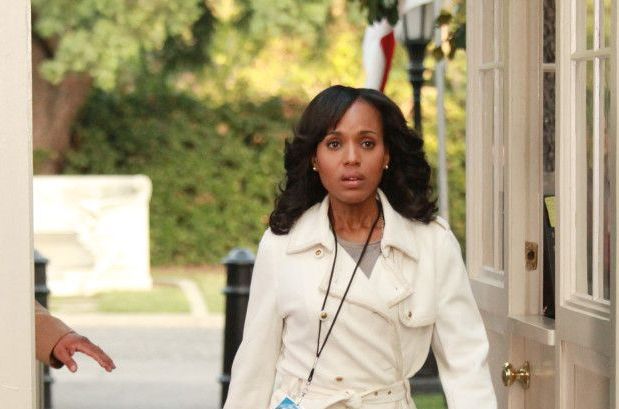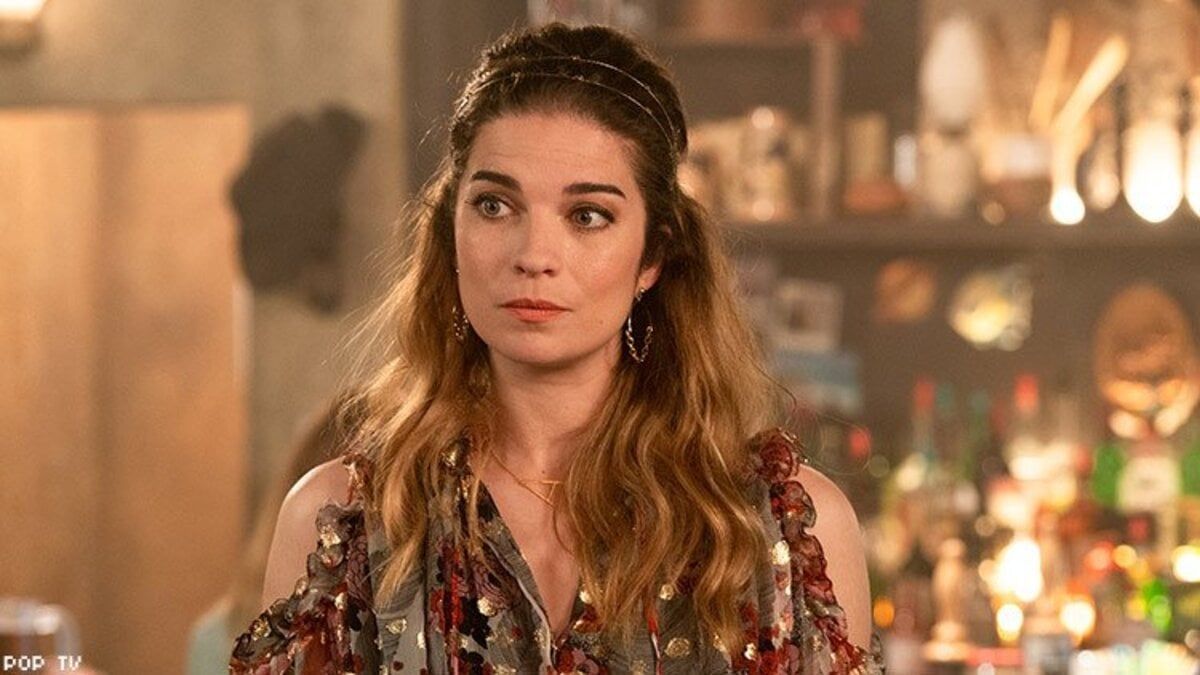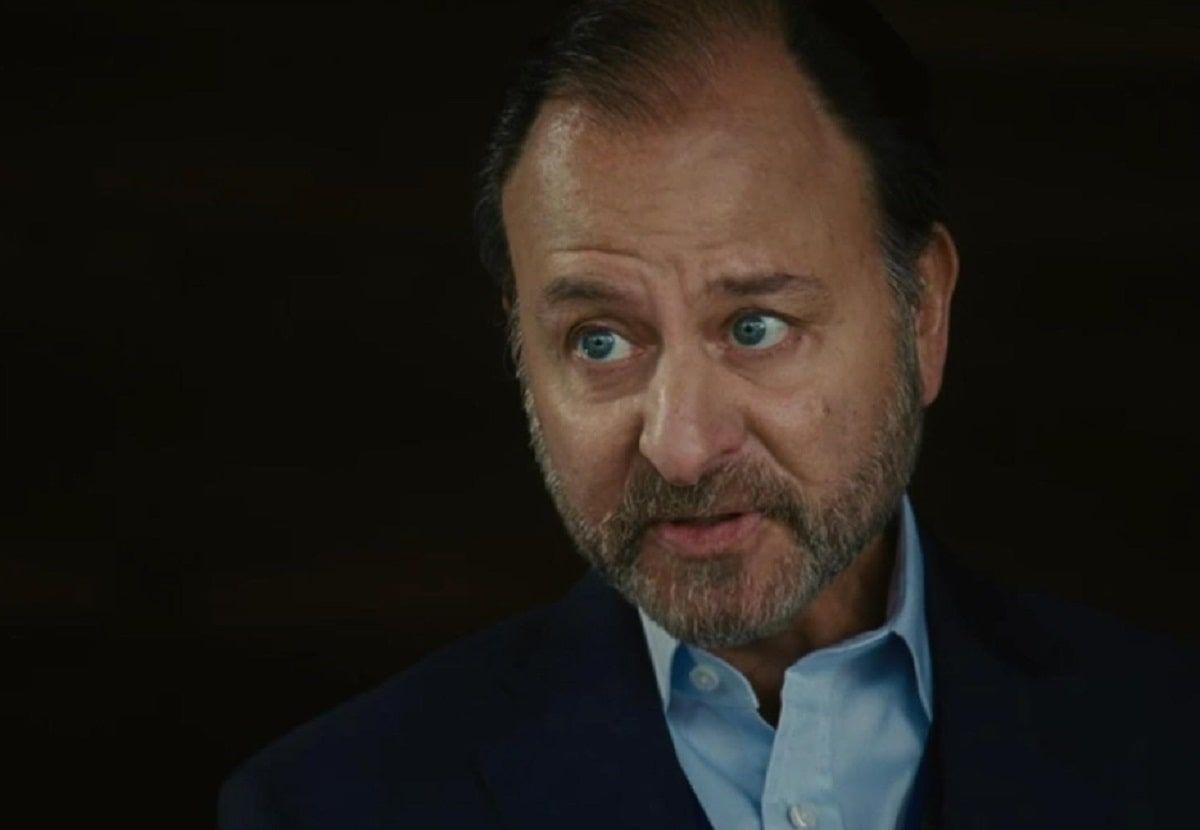Who are those random people?
They're PR pros from all different walks of life!
Hugo and Olivia are probably what most people think of when they think of PR. Olivia helps politicians in crisis deal with their problems, albeit through much more unsavory methods than the ones used in real life. Hugo works for a massive corporation both to mitigate crises and to help them maintain a generally favorable image with the public.
Other candidates for many people's idea of PR are Mike and C.J. They represent a side of PR that many people are familiar with because we as U.S. residents are the target audience - political communications. Both characters are the Press Secretary, the individual responsible for briefing the press on updates from White House. Press Secretaries also take questions from the media, who serve as a conduit for the people. Media Relations is basically being a personal press secretary for your organization.
Alexis and Samantha are just like me, PR workers working by themselves for different clients. While Samantha works for celebrities and corporations in glitzy New York, Alexis is a woman after my own heart who helps small businesses grow!
What is PR?
PR stands for public relations, which is basically what it is!
PR encompasses anything that involves speaking with the public. Some examples include social media, media relations, crisis communication, and more.
What does _____ mean?
Here's a mini dictionary!
Target Audience: The people you're trying to reach. This includes potential customers, donors, patrons, beneficiaries, and anything of that sort.
Message: This is what you're trying to tell your target audience. Maybe it's "shop here!" or "use our services!" or "donate to my organization", but it can be whatever you want!
Media Relations: The classic way to reach your target audience is through the media. Believe it or not, journalists don't ALWAYS find what events, organizations, or causes to write about on their own. Sometimes, PR practitioners reach out to journalists with a "pitch" often sent in the form of a "media release" which contains information to write about. Let's say you run an organization that reaches out to the homeless community and assists with donations. I may send a media release to local newspapers with information about what your organization is doing. When a story is written, it increases the number of people who know about you.
Media relations involves research to determine outlets and specific individuals who would be likely to cover your organization, forging relationships with specific journalists, and reaching out with pitches.
Copywriting: This actually has nothing to do with the legal idea of copyrights. Copywriting is any sort of writing organizations use for PR. The most classic example of copywriting is a press release sent to media outlets to pitch a story. Copywriting comes in many different forms, though, including but not limited to blog posts, websites, social media captions, emails, and newsletters.
Social Media: In PR, social media isn't something we use to waste time! PR practitioners immerse ourselves in your target audience in order to determine what message will best resonate. We then use that knowledge, graphic design, photography, videography, copywriting, and social media savvy in order to run your accounts for you. We make posts, follow people and follow people back, reply to comments, engage with community members, monitor DMs, and anything else you need.
Event Promotion: When you put on a party you know people aren't going to just show up, you have to invite them! Organizational events (like fundraisers, dances, parties, etc.) are no different, but definitely on a larger scale. Beyond those invited personally, it takes specific actions to make the public aware of your event. PR professionals may do this through media relations, social media posts or ads, and traditional methods like posters and flyers.
Event Planning: Planning involves promotion, but also a whole bunch of other stuff. Event planning takes care of all the tasks it takes to put on an event: booking a venue, finding catering and entertainment, scheduling the event, and so on. This is in addition to all the other steps that go into event promotion.
Crisis Communication: No one wants to think about it, but it's a fact that every organization is at risk of a crisis. This could be an unfortunate occurence such as an employee making an offensive social media post or a customer being mistreated, but it could also be something completely out of your control like a disaster impacting your services or an event needing to be cancelled. Crisis communication involves coming up with a strategy to deal with the crisis and patch up your relationship with the public.





